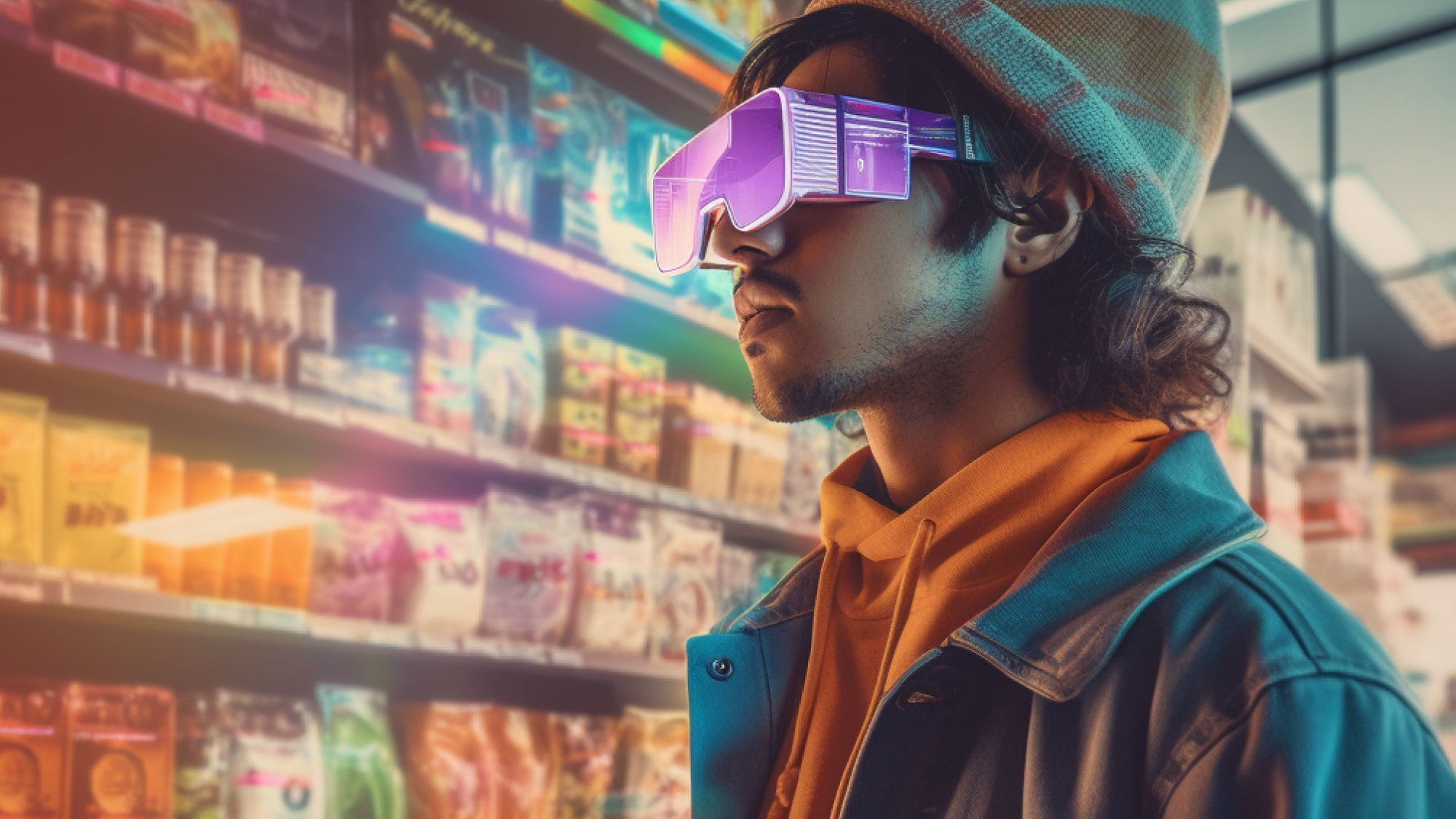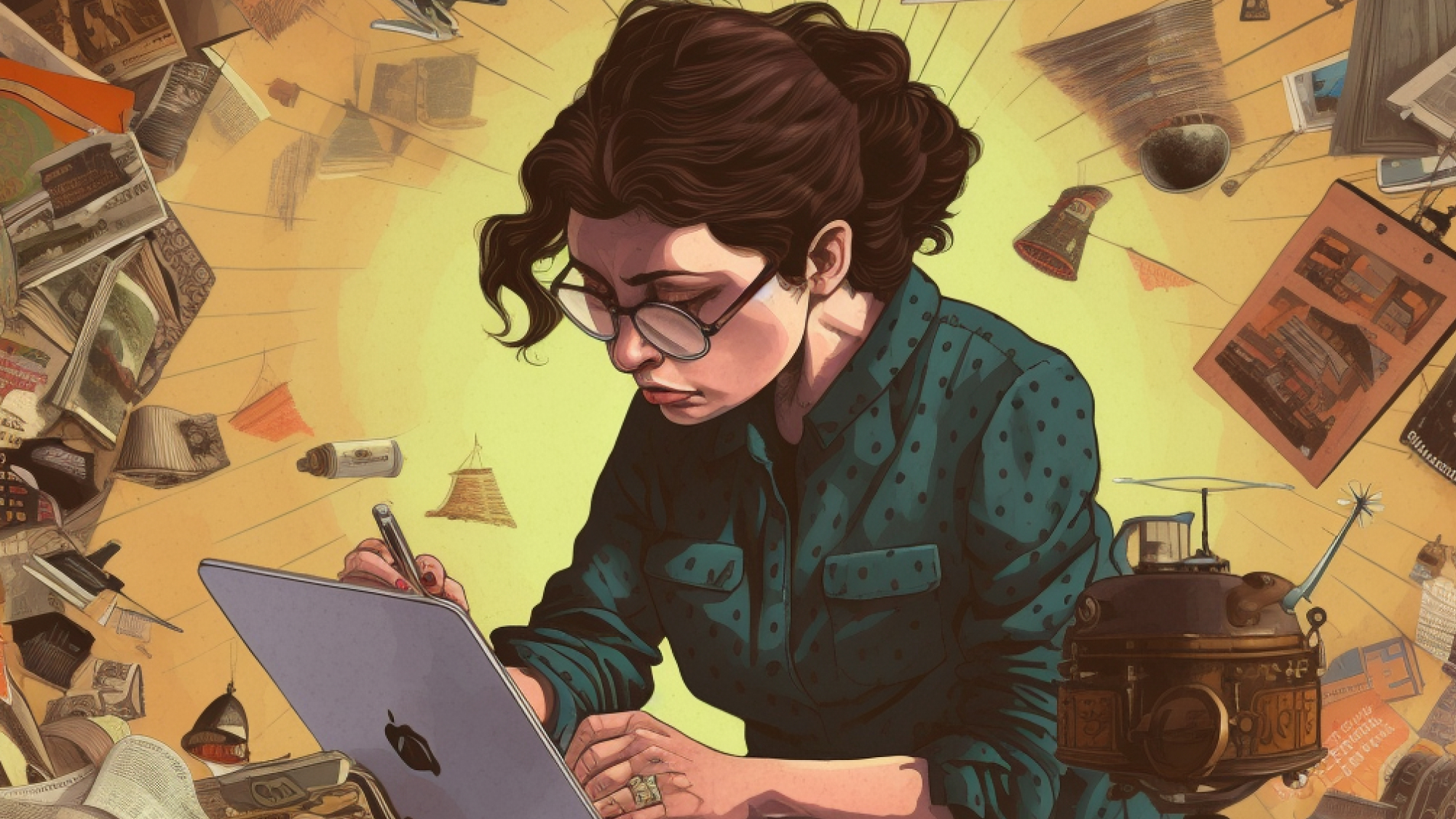
AR/VR technologies is going to change a lot more than just gaming and entertainment.
One key thing to pay attention to in the coming years is how it’ll make a clear impact on changing the customer experience.
In this article, we’ll talk about how emerging AR/VR technologies are soon to be mainstream, especially with Apple getting its skin in the game.
A new way of visualizing and interacting with products
The most obvious way the consumer experience will change is through clear visualization of products.
Before making a purchase, AR/VR will allow customers to visualize products in a much more realistic and interactive way. Considering that we shop through our phones or computers these days, how items fit on our bodies or homes won’t be limited to just our imagination.
Virtual showrooms, virtual clothing, or furniture can be accessed through AR applications or virtual reality headsets. Consumers can ‘try out’ what they want, without having to physically go to the stores.
And this will save tremendous amounts of time but also help to make more informed decisions.
In addition, AR/VR technologies is beneficial for companies as well, as it helps customers engage with brands and their products in a much more exciting way.
Interactive AR experiences can be integrated into marketing campaigns. Customers will be able to participate in virtual events or raffles, and this can capture attention in a more meaningful way than what is currently done through a flat screen.
Improved support and troubleshooting
The consumer will also be able to get more support and direct troubleshooting.
Providing customers with visual instructions and guidance in real time allows them to resolve issues more quickly and efficiently, improving customer satisfaction and reducing the number of long support calls and face-to-face encounters.
Virtual instructions and visuals can be overlayed onto real-world environments to guide customers through troubleshooting processes.
An appliance manufacturer can, for instance, can create an AR application that lets customers scan their appliances and overlay how-to-explainers and animations on the screens. Then by following it directly, in a visual medium, even a monkey will be able to follow the steps easily (instead of just hearing a voice alone).
Overall customer experience will improve and hopefully reduce frustration from both the side of consumer and company.
A remote troubleshooting approach via AR/VR is particularly useful when dealing with complicated technical issues that require a more physical presence. Doing everything remotely can save huge costs in terms of sending a worker to a given location and make the whole process less time-consuming and more efficient.
Greater transparency in education and information
With the use of AR/VR in retail or e-commerce, you can receive so much more information about a product by overlaying digital tooltip windows over items.
For example, while shopping inside a store wearing AR glasses, consumers will be able to scan a product and get all the information they need about said given product — from ingredients, how it’s made, and even reviews.
By exploring product features, viewing 3D models, and receiving additional information beyond what is traditionally offered, consumers will be able to gain a deeper understanding of the product, its functionalities, and its benefits.
This definitely helps with decision-making.
One notable are car manufacturers and dealerships.
They leverage AR/VR experiences to allow customers to virtually explore the interior and exterior of their vehicles. This allows customers to take a look from their home or wherever they are, and take a glimpse of what types of features are included in that car. It’s almost like taking the car out for a ‘virtual test run’ without actually having to go there.
Moving toward a more customer-centric future
Without a doubt, technologies like AR/VR and AI are changing the landscape for the consumer.
Just as how the Internet transformed the way we shop, the next wave of emerging tech will do the same.
And with that, a whole new slew of brand-new behaviors will enter the mix. This is why it’s important to take note of these upcoming changes, to understand how we can adjust accordingly as consumers, and to be prepared to deal with the changes that are made to our brains and behavior.
References
- Kuo, T. (2020). Augmented reality and virtual reality: Opportunities and challenges for enhancing consumer experience. Journal of Retailing and Consumer Services, 54, 102042. doi: 10.1016/j.jretconser.2019.102042
- Cheung, C. M., & Lee, M. K. (2018). A theoretical model of experiential quality in augmented reality: Integrating the concept of co-presence and telepresence. Computers in Human Behavior, 84, 258-273. doi: 10.1016/j.chb.2018.02.040
- Wu, M., & Yen, D. C. (2020). Augmented reality, virtual reality, and mixed reality in education: A review. Journal of Educational Technology & Society, 23(2), 223-238.
- PwC. (2019). Seeing is believing: The future of virtual and augmented reality in retail. Retrieved from https://www.pwc.com/us/en/industries/retail-consumer/research-insights/virtual-reality-augmented-reality.html
- Huang, W., & Zhang, X. (2019). Understanding customer experience with augmented reality shopping: A cognitive load perspective. Computers in Human Behavior, 100, 256-267. doi: 10.1016/j.chb.2019.06.004
- Gentry, S. V., & Calantone, R. J. (2002). The effects of augmented reality advertising on consumer decision-making: A conjunctive investigation of cognitive load and spatial ability. Journal of Interactive Advertising, 3(1), 1-16.
- Wünderlich, N. V., Wangenheim, F. V., Bitner, M. J., & Grewal, D. (2013). Understanding retail customers’ channel usage: A customer typology. Journal of Service Management, 24(3), 223-247.
- Chen, C., Kuo, Y., & Su, M. (2018). Enhancing augmented reality maintenance system for complex product maintenance task. Computers in Industry, 100, 235-247.
- Huang, W., Tien, S., Liao, C., & Lin, C. (2020). An empirical investigation into the effects of virtual reality on the perceived quality and perceived value of product troubleshooting. Journal of Business Research, 117, 893-902.










